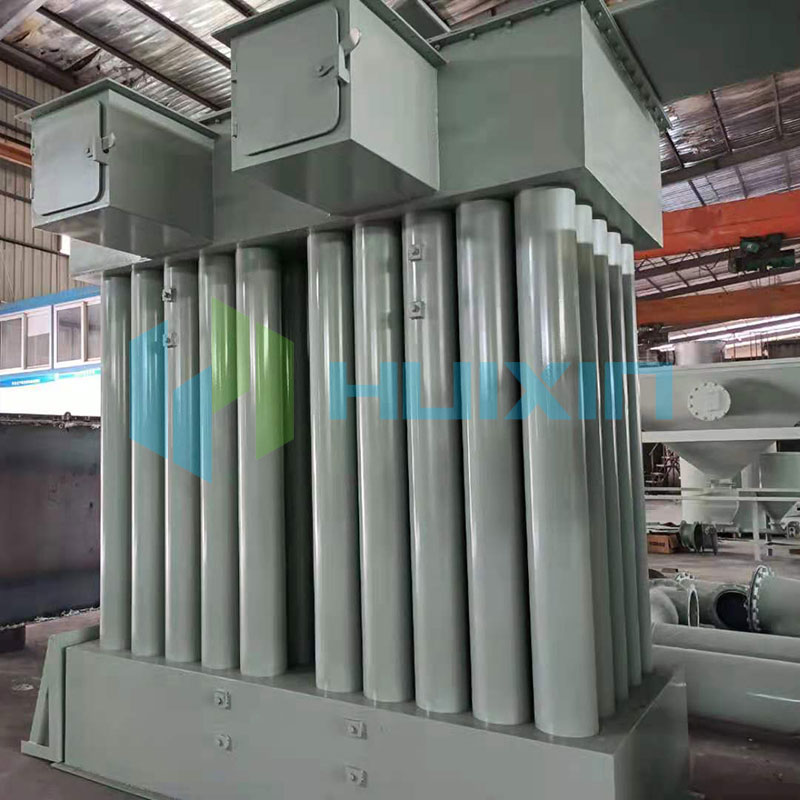Unraveling the Mechanism of Electrostatic Precipitators
2024-12-23
Electrostatic precipitators (ESPs) are highly efficient air pollution control devices used to capture particulate matter from industrial exhaust gases. These devices play a pivotal role in reducing emissions and ensuring compliance with environmental regulations. This blog explores the intricate working principles, core components, and industrial applications of ESPs.
How Electrostatic Precipitators Work
1. Principle of Operation
- ESPs operate on the fundamental principle of electrostatic attraction. Particles suspended in the gas stream are ionized as they pass through an electrical field.
- Once ionized, these particles are attracted to oppositely charged collection plates or tubes, where they adhere until removed.
2. Stages of Particle Removal
- Charging: Particles gain an electric charge through collision with ions produced by high-voltage electrodes.
- Collection: Charged particles migrate to collection plates due to electrostatic attraction.
- Dislodging: Accumulated particles are removed from plates by mechanical rapping or washing.
Core Components of an Electrostatic Precipitator
1. Discharge Electrodes
- Emit high-voltage electric fields that ionize the gas stream.
2. Collection Plates
- Capture the charged particles and hold them until removal.
3. Rapping Mechanism
- Periodically vibrates the plates to dislodge collected particles into hoppers.
4. Gas Distribution System
- Ensures even gas flow through the ESP to maximize efficiency.
5. Control Systems
- Monitor and regulate voltage, current, and operational parameters to optimize performance.
Applications of Electrostatic Precipitators
1. Power Generation
- ESPs capture fly ash from coal-fired power plants.
2. Cement Industry
- Control dust emissions during cement production.
3. Steel and Metal Processing
- Capture fine particulate matter from smelting and refining processes.
4. Chemical Manufacturing
- Remove particles and aerosols from exhaust streams.
Electrostatic precipitators are indispensable tools in industrial air pollution control. Their ability to remove fine particulates efficiently makes them a preferred choice in diverse sectors. By understanding their mechanism and components, industries can leverage ESPs to meet environmental goals while maintaining operational efficiency.



